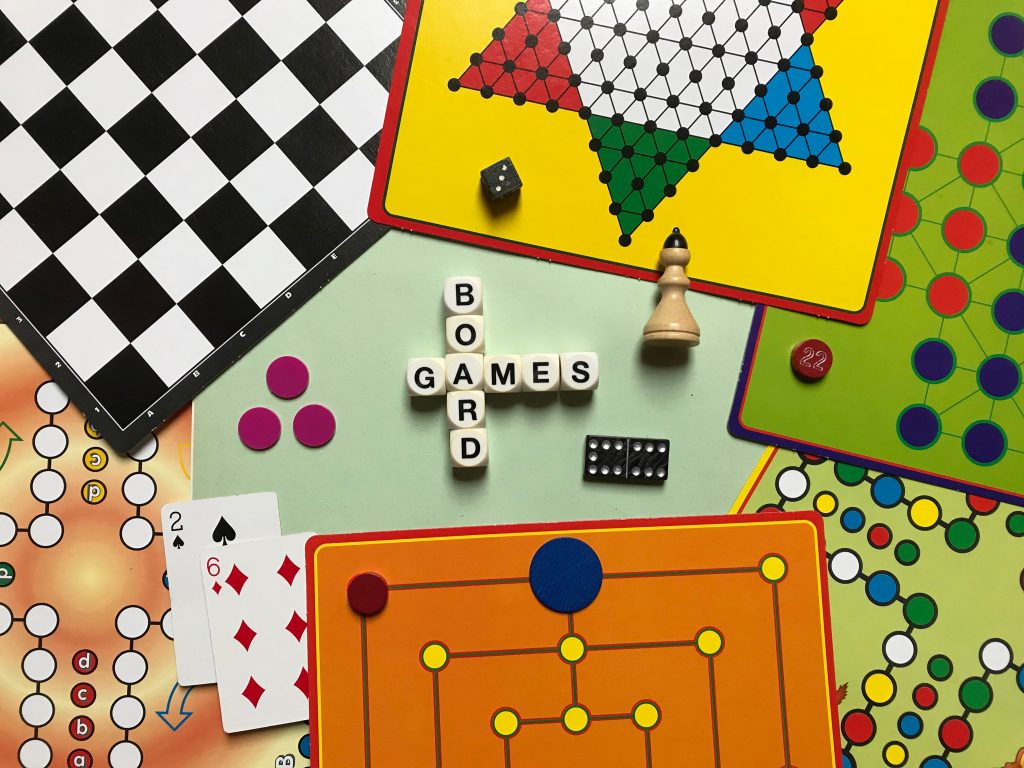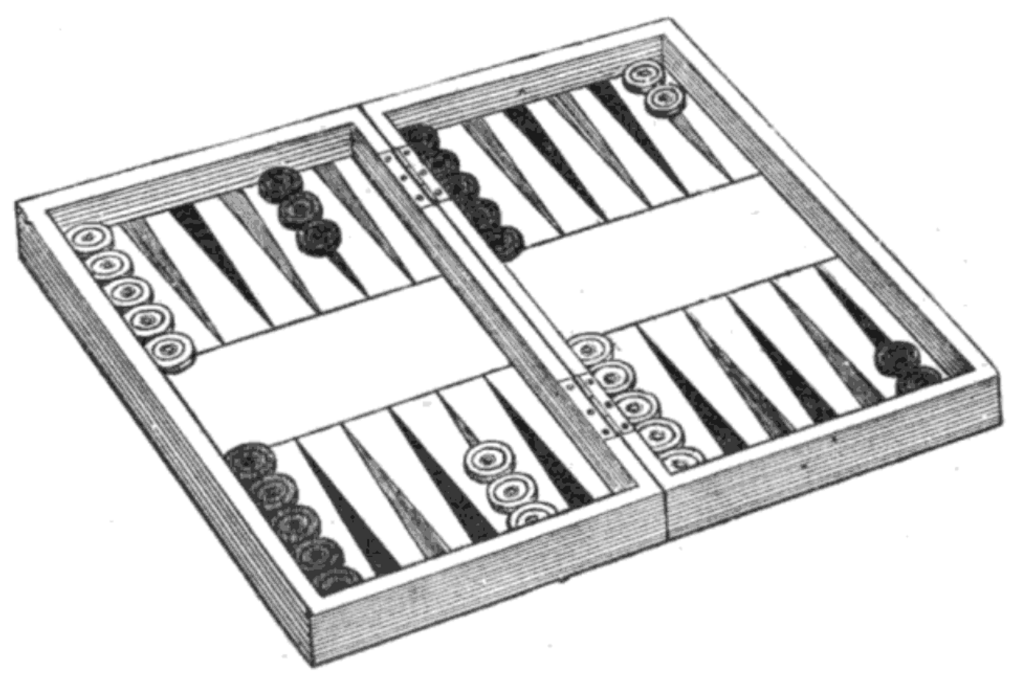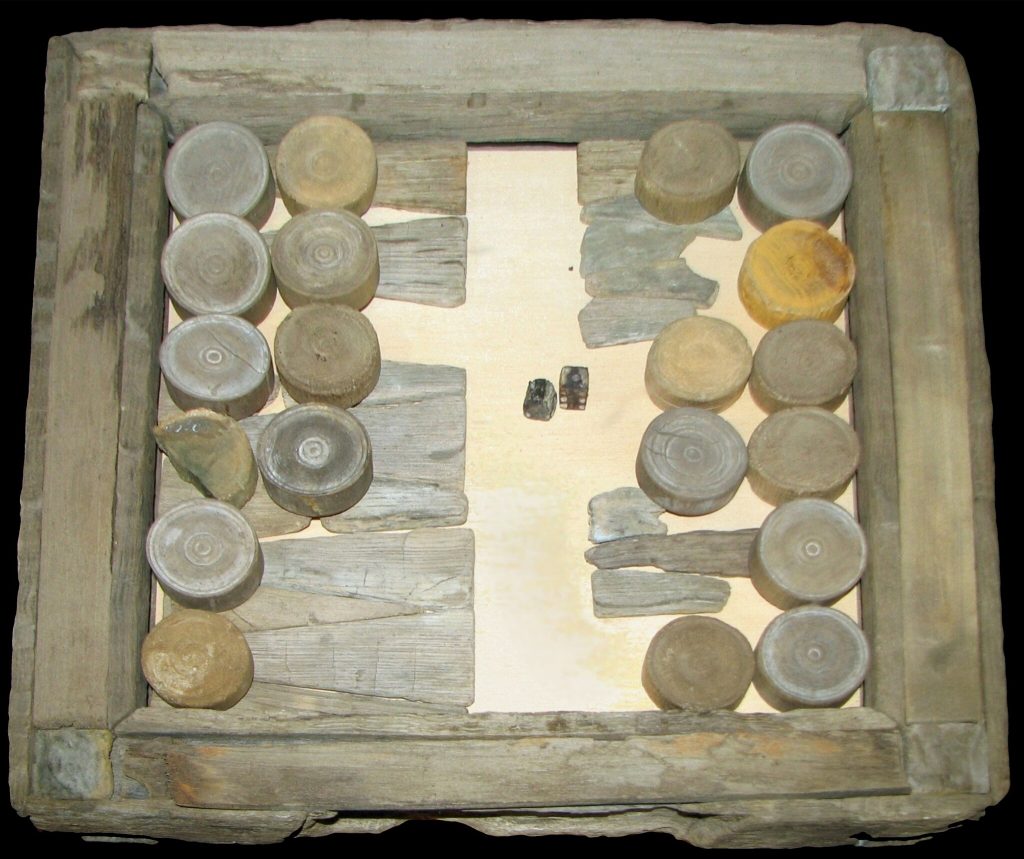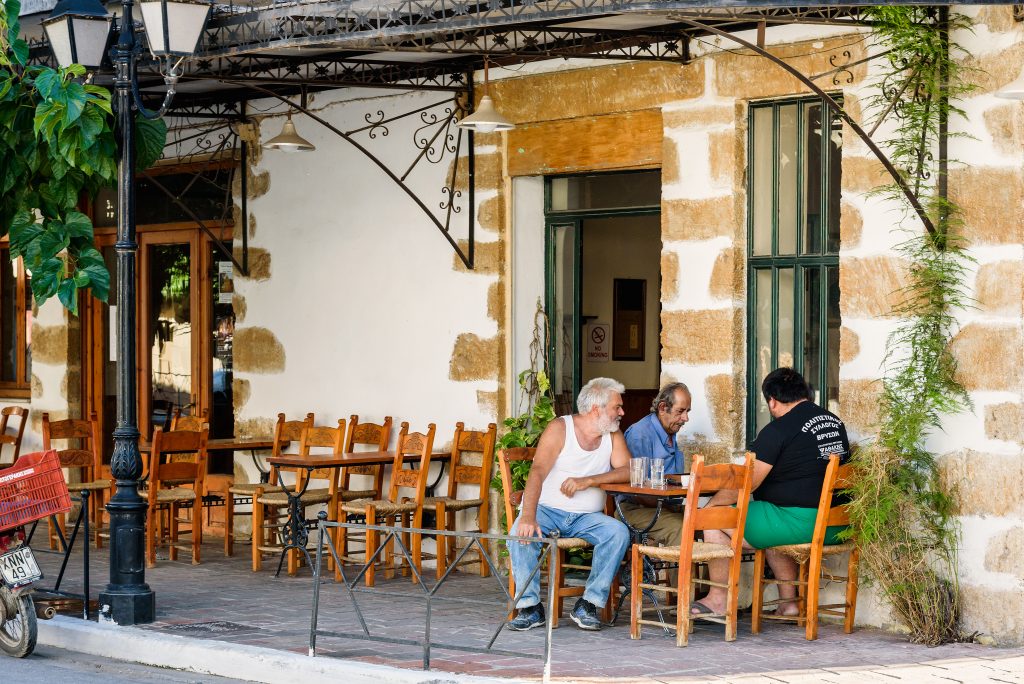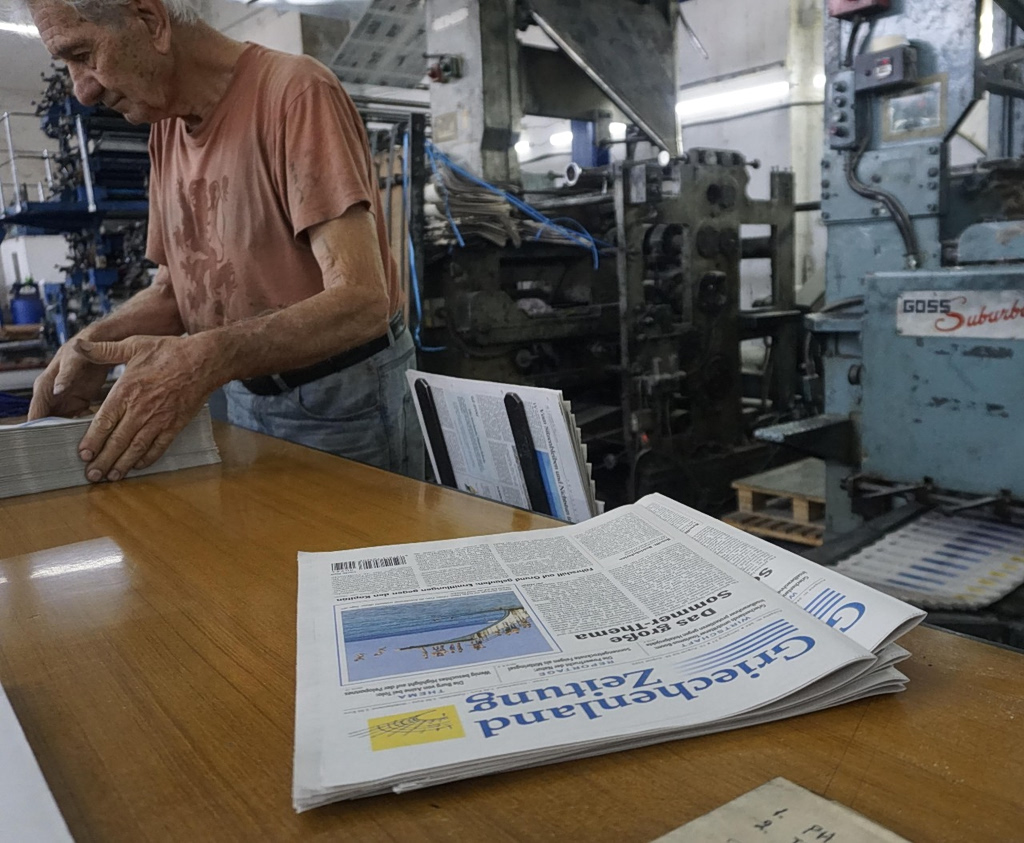I always knew it existed, that elusive game played on the other side of the chessboard. It sounded simple enough, but honestly, it didn’t seem like anything special. And yet, one fateful summer evening a few years back, I was officially introduced to the wonder that is backgammon. And I was hooked. Countless sunsets and sunrises since have been accompanied by the sound of rattling dice and clattering checkers. I know I am not the only one who has been captivated by the game. You could say that I got into it a little late—about 5,000 years or so.
Backgammon’s roots in antiquity
Backgammon is one of the oldest games we have. Although its origins are contested, most accounts place the birth of backgammon in Mesopotamia (modern-day Iraq) circa 3,000–2,600 B.C. Still, archeologists have unearthed an even older checkers and dice game in Iran, while it seems a similar game was popular in Ancient Egypt, as a board set was discovered in King Tut’s tomb.
Some accounts attribute backgammon’s invention to the Ancient Greeks, who are also credited with coming up with dice. Sophocles argues that a Homeric hero, Palamedes, created the game in the 12 century B.C. to pass the time during the Trojan war, while Plato mentions the popularity of the game in his writings.
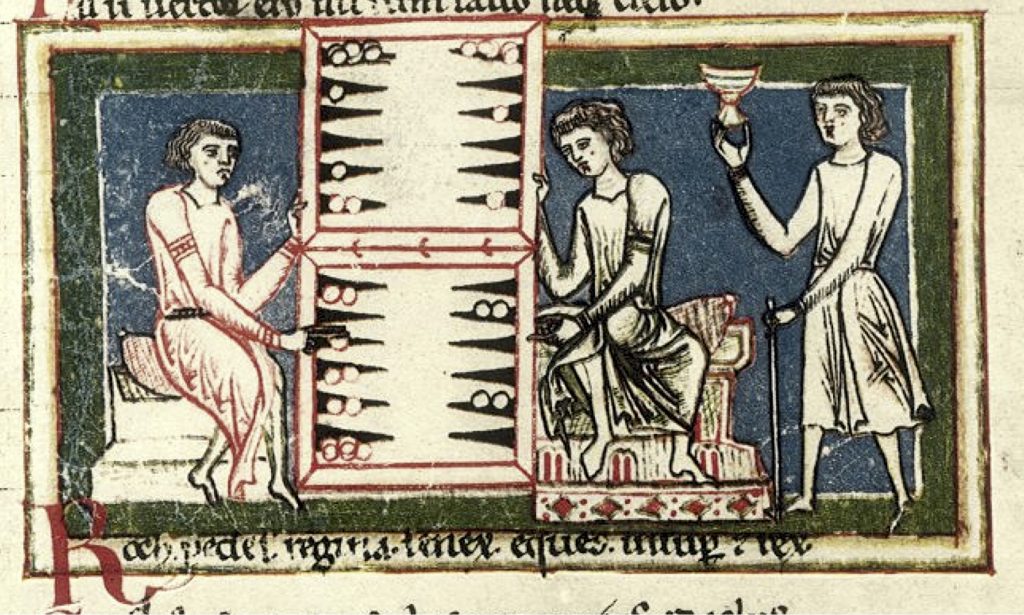
Wurfzabel, Tabula game (Wurfzabelspieler (13. Jh., Codex Buranus) From Codex Buranus (Carmina Burana). Wikimedia Commons
Fast forward a millennium or so and the ludus duodecim scriptorium, or “twelve-lined game” had taken the Roman Empire by storm. Claudius was such an avid player of “the sport of emperors,” he had a special board built in his chariot to play during long journeys. Emperor Nero, an incessant gambler, played for the equivalent of 10,000 USD a game.
Backgammon—or, rather, its ancestors—continued to woo the crowds in the Byzantine Empire. Tabula, as the Emperor Zeno called it, might be the antique past-time closest to the modern game. The rules and aim were similar, but the former was played with an extra die.
As for its introduction into Europe, historians believe the Crusaders learned the game in the Holy Land and brought it back with them in the 11th century.
In the Middle Ages, clergymen, knights and nobility often indulged in a game of tables (peasants were prohibited from playing), while Renaissance men would later follow suit.
People’s fascination with the game is also evident in art and literature. Frescoes in Pompeii, Chinese watercolors and Flemish oil paintings all depict backgammon being played; German cathedrals were adorned with paintings of it; Illuminated medieval manuscripts and Renaissance treatises explain the game; Chaucer wrote about it, and so did Shakespeare.
The birth of modern Backgammon
The first reference to “backgammon” in print was made in 1645, in H.J.R. Murray’s A History of Board Games Other than Chess. Although the etymology is contested, the word is said to derive from the Anglo-Saxon ‘baec’ (back) and “gamen” (game).
Backgammon made its way over to the US at around the same time. Thomas Jefferson’s journal often places him over a board in the weeks leading up to July 4, 1776, possibly during breaks from drafting the Declaration of Independence.
The US craze lasted well into the 18th century, but gradually subsided as card games became more popular. That is, until the game resurfaced in the “backgammon boom” after World War I.
A number of variants have been introduced to the traditional game, including the American addition of the “doubling cube” and the invention of a multiplayer version Chouette. International variants include Sixey Acey, Moultezim (Turkish Backgammon), Gioul (in the Near East), European Acey Deucey, Russian Backgammon, Tabard Backgammon, Kotra (Icelandic Backgammon) and, of course, the Greek Tavli.
Greece’s ‘national’ board game
Take a summer stroll pretty much anywhere in Greece—no matter if it’s a big city, a scenic village or a sandy beach—and chances are you’ll see people of all ages playing Tavli, rolling their dices and likely sipping on a traditional ice-cold frappe or an ouzo.
Tavli actually consists of not one, but three games, with Greeks often alternating between the three as they play. In ascending order of complexity, these are Portes (“doors” in English), the simplest of the three and the closest to classic backgammon, bar the doubling tradition. Then there’s Plakoto, from the Greek verb “plakono”, meaning “to cover something”, which is a bit more complicated but still reminiscent of its Byzantine ancestor tabula. And, finally, we have Fevga, (“run!” in English) which is a cousin of Turkish moultezim, indicating the Ottoman influences on Greek culture, and definitely not for the faint of heart.
The world’s most addictive board game
Backgammon has spread across the globe down the millennia. But what makes this game so profoundly popular?
A 1930s Vanity Fair article sums it up nicely, describing backgammon as both “modern and romantic, dangerous and frivolous, lucky and skillful.”
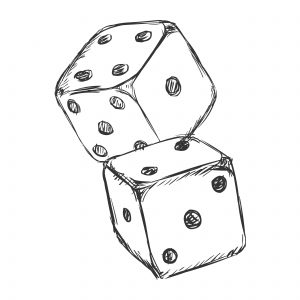 The element of chance lures the amateur into taking on the expert. It’s what keeps two master players on edge. And what drives people to keep on playing.
The element of chance lures the amateur into taking on the expert. It’s what keeps two master players on edge. And what drives people to keep on playing.
The gambling element adds to the excitement. International tournaments with attractive cash prizes make backgammon a highly lucrative hobby for the most seasoned players.
The playing board itself can become an object of fixation. Sure, you can find a functional set for less than 10 euros, but aficionados can invest thousands in works of art wrought from ebony, mother of pearl, leather, marble and even solid gold. Of course, they are often more a collector’s piece than a game.
The portability of the game adds to its charm, making it perfect for every occasion, from a house party to a honeymoon.
It is also considered the most democratic of games, as it requires no special skill to learn. There are no language or education barriers to entering the game.
But the true beauty of backgammon lies in its almost magical simplicity. It is a game, they say, that takes a minute to learn and a lifetime to master. And so I urge those who have yet to make backgammon’s acquaintance to invest that minute and watch their lives change forever.
